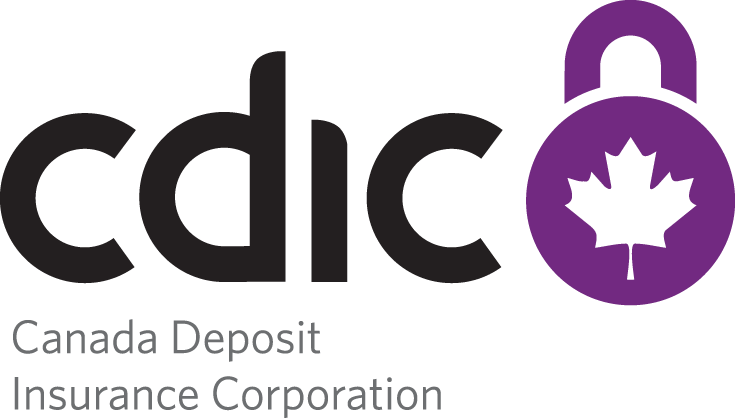Resolution funding
CDIC has two primary funding mechanisms that would be relied upon if a member institution were to fail and funds were needed to resolve the failure: the Corporation’s investment portfolio and its borrowing authority.
Investment portfolio
The investment portfolio is built up over time from annual premiums that CDIC member institutions pay on insured deposits. It is invested in debt securities issued or guaranteed by the Government of Canada or Provincial governments. The objectives of the portfolio are to provide funding as necessary for member resolution and CDIC operations, to preserve capital and to provide a reasonable yield considering overall investment constraints.
The investment portfolio would be an important contributor to resolution funding. Individual investments are highly liquid and, if necessary to fund a resolution, CDIC would sell its securities through a Board approved investment dealer network.
Borrowing authority
Under the CDIC Act, CDIC has the authority to access additional funds through borrowing. CDIC’s statutory borrowing limit is indexed to the growth of insured deposits. Additional borrowing could be provided by Parliament through an Appropriation Act if available funding was not sufficient. CDIC could also receive loans from the Government of Canada beyond its statutory borrowing limit when deemed necessary to promote the stability or maintain the efficiency of the financial system in Canada.
CDIC’s funding mechanisms help to ensure that appropriate measures and tools are in place for CDIC to resolve any of its members, from the smallest to the largest, while supporting public confidence and financial stability.
Updated figures are publicly available in CDIC’s most recent quarterly financial report.
